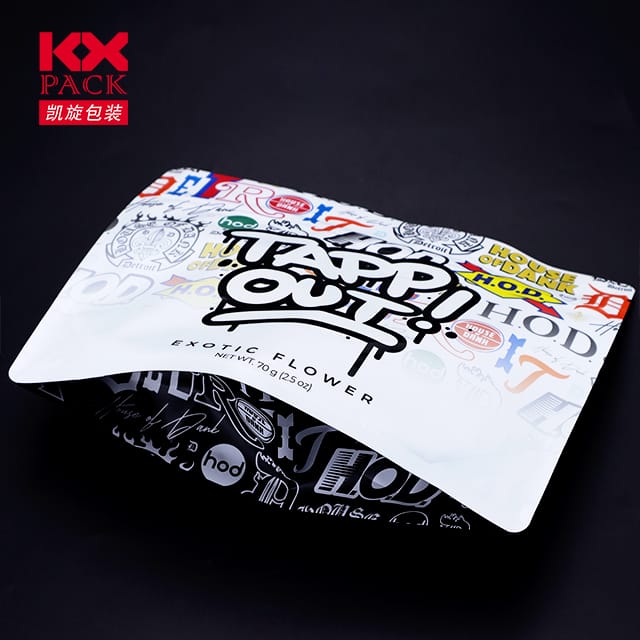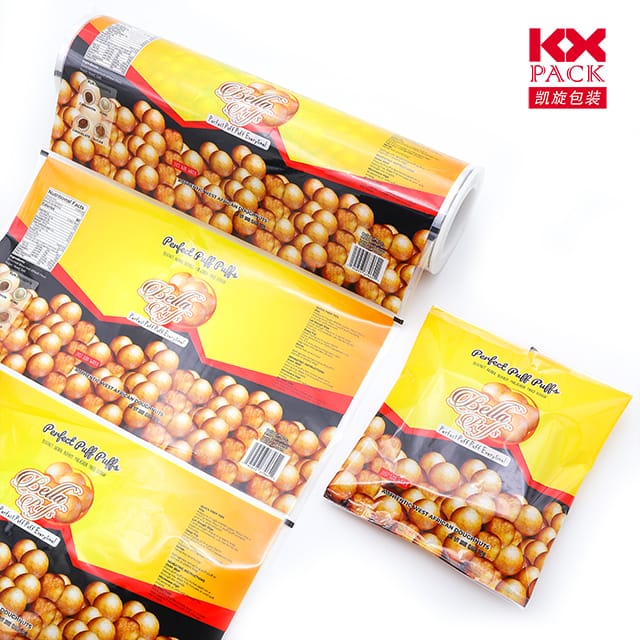ฟิล์มเคลือบ 101: การปกป้อง, Enhancing, and Transforming Surfaces with a Thin Layer of Innovation
ฟิล์มเคลือบ
From glossy smartphone screens to vibrant packaging designs, ฟิล์มเคลือบ is a quiet hero in modern manufacturing and design. This process involves applying a thin, protective film layer to surfaces, ให้ความทนทาน, ความสวยงาม, และฟังก์ชั่น. Whether you’re a DIY enthusiast, a business owner, or simply curious about everyday materials, understanding film lamination can unlock creative possibilities and practical solutions.
การเคลือบฟิล์มคืออะไร?
Film lamination is the process of bonding a plastic film—typically made from materials like polyester (สัตว์เลี้ยง), โพรพิลีน (PP), or vinyl—to a substrate (เช่น, paper, กระดาษแข็ง, โลหะ, or wood) โดยใช้ความร้อน, ความดัน, หรือกาว. ผล? A reinforced surface that resists scratches, ความชื้น, รังสียูวี, และซีดจาง, while often adding a sleek finish.
ประโยชน์หลักของการเคลือบฟิล์ม
- Protection Against Wear and Tear
Laminated films act as a shield, safeguarding surfaces from spills, stains, ลายนิ้วมือ, และรอยขีดข่วน. This makes them ideal for high-traffic items like menus, บัตรประจำตัว, or outdoor signage. - เพิ่มความสวยงาม
ภาพยนตร์มาในด้าน, มันวาว, textured, หรือการตกแต่งด้วยโลหะ, allowing designers to elevate visuals. A glossy laminate can make colors pop, while a matte finish reduces glare for readability. - ยืดอายุการใช้งาน
By preventing fading and degradation, lamination preserves the integrity of documents, artwork, or product labels, reducing the need for replacements. - Functional Upgrades
Specialized films can add properties like anti-graffiti coating, antimicrobial protection, or even RFID-blocking capabilities for security.
Types of Film Lamination Techniques
- Thermal Lamination
Uses heat to activate an adhesive layer on the film, bonding it to the substrate. Common for paper-based products like business cards or book covers. - Pressure-Sensitive Lamination
Relies on adhesive-backed films applied with pressure (เช่น, via rollers or manual tools). Perfect for irregular surfaces or on-the-go repairs. - Liquid Lamination
A liquid coating is sprayed or rolled onto the surface, then cured to form a protective film. Often used for large-format prints or industrial applications. - Cold Lamination
Uses pressure alone to adhere films, eliminating the need for heat. Ideal for heat-sensitive materials like certain plastics or photographs.
แอปพลิเคชันในอุตสาหกรรม
- บรรจุภัณฑ์: Laminated films keep food fresh and labels intact, even in humid environments.
- อิเล็กทรอนิกส์: Screen protectors and device casings use laminated films for scratch resistance and touch sensitivity.
- เกี่ยวกับยานยนต์: Dashboard overlays and interior panels rely on laminated films for durability and a premium feel.
- ศิลปะ & การถ่ายภาพ: Framed artwork or photo prints are laminated to prevent UV damage and yellowing.
- การก่อสร้าง: Laminated glass and architectural films improve safety and energy efficiency in buildings.
DIY Film Lamination: Tips for Beginners
Want to try lamination at home? Here’s how to get started:
- เลือกภาพยนตร์ที่เหมาะสม: Opt for a self-adhesive vinyl or PET film for simplicity.
- Clean the Surface: Dust or grease can cause bubbles—wipe the substrate thoroughly.
- Use a Squeegee: Apply the film slowly, using a squeegee to push out air bubbles as you go.
- Trim Excess: A sharp craft knife ensures clean edges.
For larger projects, consider investing in a basic laminating machine (available for under $50 for home use).
ข้อควรพิจารณาด้านความยั่งยืน
While lamination extends product life, it’s important to address recycling challenges. Many laminated materials are hard to separate into film and substrate, นำไปสู่การฝังกลบขยะ. อย่างไรก็ตาม, innovations like:
- ฟิล์มย่อยสลายได้ทางชีวภาพ made from plant-based materials.
- ลามิเนตรีไซเคิลได้ designed for easy separation.
- Reusable films (เช่น, static-cling overlays) are reducing environmental impact.
อนาคตของการเคลือบฟิล์ม
Advancements in nanotechnology and smart materials are pushing boundaries. Imagine laminates that:
- Self-heal scratches.
- Change color with temperature or light.
- Generate energy via embedded solar cells.
The possibilities are as thin—and limitless—as the films themselves!
ความคิดสุดท้าย
Film lamination is more than just a protective layer—it’s a tool for innovation, ความยั่งยืน, และความคิดสร้างสรรค์. Whether you’re preserving memories, branding products, or designing the next breakthrough material, this humble technology deserves a closer look.
Have you used film lamination in a project? Share your tips or favorite applications in the comments below! 🎬✨







